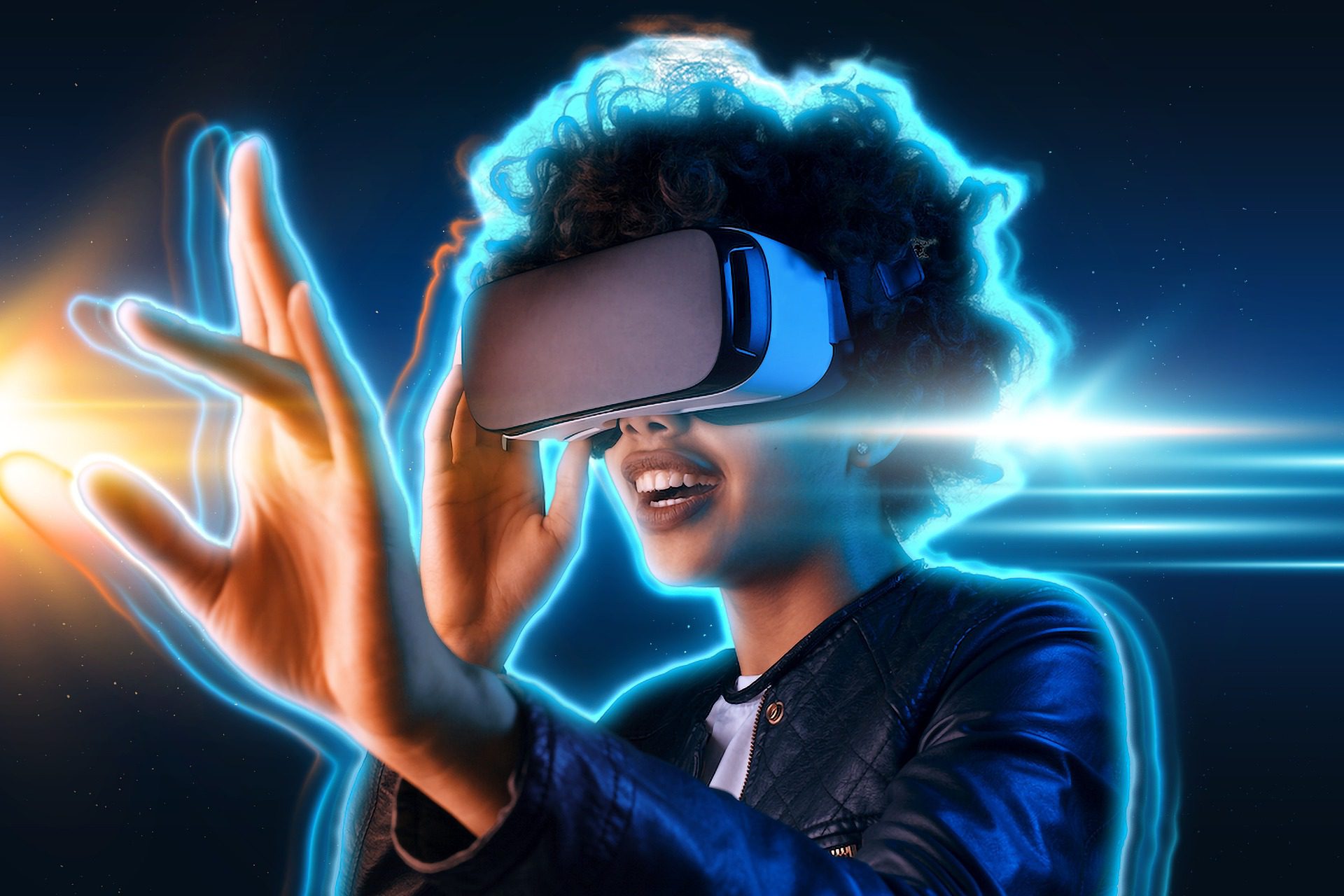The metaverse is rapidly transforming from a futuristic concept into a dynamic reality that is reshaping the digital marketing landscape. For brands, the metaverse offers a revolutionary platform to create immersive, interactive experiences that deeply engage customers in ways traditional marketing channels cannot. This blog explores how brands can leverage the metaverse to build compelling, memorable experiences that resonate with today’s digitally savvy consumers.
The Rise of Immersive Brand Experiences in the Metaverse
The metaverse—a collective virtual shared space merging physical and digital realities—allows brands to interact with consumers in an entirely new dimension. Unlike traditional advertising, which often relies on passive consumption, the metaverse encourages active participation. This shift is significant as it enables brands to build deeper connections with their audience by engaging them in interactive, immersive experiences that blur the lines between reality and virtuality.
1. Virtual Storefronts and Showrooms
One of the most exciting developments in the metaverse is the emergence of virtual storefronts, where brands can showcase products in fully immersive environments. These virtual spaces allow consumers to explore, try on, and even purchase products without leaving the digital world. For example, Gucci has been a pioneer in this space, launching a virtual world on Roblox, allowing users to explore a virtual Gucci Garden, try on digital clothing, and purchase virtual items, creating a new level of brand engagement.
2. Hosting Branded Virtual Events
Samsung’s virtual showcase on Decentraland is a notable example of how brands are leveraging the metaverse for large-scale virtual events. Samsung hosted an immersive product launch in this digital environment, blending entertainment with interactive brand experiences. This event highlighted how the metaverse can be used to create unique, memorable product launches that engage users in innovative ways.
3. Immersive Storytelling and Interactive Experiences
In the metaverse, storytelling takes on a new form as brands can craft immersive narratives that unfold across multiple platforms and media. This approach allows users to interact with the story in real-time, making the brand experience more personal and engaging. For instance, Balenciaga’s collaboration with Fortnite allowed users to purchase digital clothing items within the game, blurring the lines between digital and physical products.
4. Augmented Reality (AR) and Virtual Reality (VR)
The integration of AR and VR technologies in the metaverse enhances the immersion of brand experiences. AR can overlay digital content onto the real world, while VR provides fully immersive environments that transport users into new realities. Vans created a virtual skatepark within the metaverse, allowing users to explore, customize, and engage with the brand in an innovative way.
Conclusion
The metaverse presents a wealth of opportunities for brands to create immersive and interactive experiences that captivate and engage consumers. As the metaverse continues to evolve, brands that embrace this new frontier will be well-positioned to redefine customer engagement and build deeper, more meaningful connections with their audience. By investing in innovative content, leveraging AR and VR technologies, and experimenting with new formats, brands can unlock the full potential of the metaverse as a powerful marketing tool.

